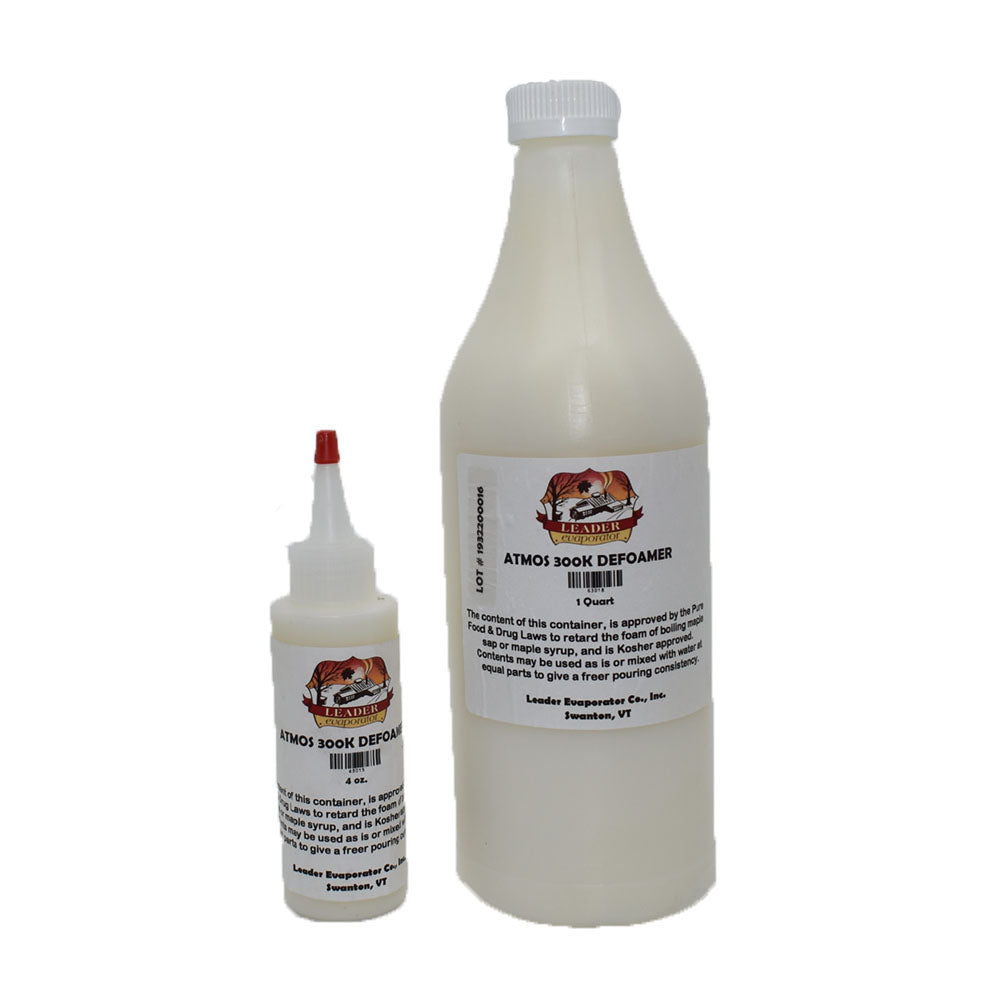Discover the Environmental Impact of Defoamers in Industrial Applications
Discover the Environmental Impact of Defoamers in Industrial Applications
Blog Article
Selecting the Right Defoamer for Your Particular Application Needs
Picking the ideal defoamer for certain application needs is a nuanced procedure that requires careful factor to consider of several elements, such as the foam operating, medium, and kind conditions. Understanding the subtleties of defoamer performance-- consisting of speed and perseverance-- while likewise accounting for governing and environmental elements is vital.
Understanding Foam Development
Foam development happens when gas is entraped within a liquid, developing a stable structure of bubbles. This sensation can substantially influence different commercial processes, especially in markets such as food manufacturing, drugs, and wastewater treatment. The presence of foam can prevent mixing, reduce product top quality, and even cause functional inefficiencies.
Foam normally forms because of a mix of variables, including surface-active agents, frustration, and the characteristics of the liquid stage. Surfactants reduced the surface area tension of the liquid, assisting in the development of bubbles that can stabilize and coalesce. Anxiety, whether from mechanical mixing or gas intro, boosts bubble development, resulting in enhanced foam volume.
Recognizing the auto mechanics of foam development is critical for markets aiming to maximize their processes. By recognizing the certain conditions that advertise foam generation, organizations can apply methods to reduce its results.
Kinds Of Defoamers Available
Various kinds of defoamers are available to resolve the difficulties postured by foam in industrial applications. defoamers. Broadly categorized, defoamers fall right into three categories: silicone-based, non-silicone-based, and all-natural defoamers
Silicone-based defoamers are renowned for their efficiency and security across a vast variety of temperature levels and pH levels. They are typically made use of in applications where solid foam reductions is required, such as in adhesives, coatings, and paints. Their reduced surface tension enables for quick foam collapse.
Non-silicone-based defoamers, frequently made from natural substances, offer an alternative for applications sensitive to silicone deposits. These defoamers can be more divided into polyether and ester types, each tailored to satisfy details solution requirements. Non-silicone defoamers are frequently utilized in food processing and individual treatment items as a result of their compatibility with numerous solutions.
All-natural defoamers, stemmed from plant or animal sources, are getting grip because of their environmentally friendly profile. These products are particularly appealing in applications where regulatory compliance and sustainability are critical, such as in agrochemicals and biotechnology.
Choosing the appropriate sort of defoamer is essential for optimizing efficiency and making certain compatibility with certain applications.
Trick Application Considerations
When selecting a defoamer, it is necessary to think about the certain application needs to make sure ideal performance. defoamers. Different sectors have Website distinctive demands, such as food processing, pharmaceuticals, or wastewater therapy, and each application might need distinct defoaming residential properties
Secret elements to evaluate consist of the medium in which the defoamer will be used, whether it is water-based, oil-based, or a mix thereof. The temperature and pH levels of the application can additionally considerably influence the performance of a defoamer. Furthermore, compatibility with other chemicals existing in the system is important to stop damaging reactions that could endanger performance.
One more important factor to consider is the foaming actions of the particular system. Recognizing whether the foam develops promptly or slowly can assist the selection of a defoamer that targets the root cause successfully. Moreover, the wanted speed of defoaming can affect the choice, as some applications need fast action while others may endure slower defoaming processes.
Finally, governing and ecological considerations must not be forgotten, particularly in markets with rigorous compliance requirements. Choosing a defoamer that straightens with these factors makes sure both performance and safety and check security in the application.

Performance Screening Methods
Reviewing the performance of a defoamer calls for a methodical strategy to testing that properly determines its performance in particular applications. Numerous performance testing techniques can be used to determine the ideal defoamer for a given formula.
One usual approach is the bubble examination, which reviews the defoamer's ability to decrease foam volume over time. This test includes generating a steady foam and then adding the defoamer to observe the rate of foam collapse.

Inevitably, selecting the proper efficiency screening method depends upon the certain application and the kind of foam being dealt with. Each technique supplies beneficial data that can direct formula changes and boost the performance of the defoamer in practical applications.
Ideal Practices for Option


Following, think about the defoamer's performance in regards to speed of activity and determination. A quick-acting defoamer might be needed for processes where quick foam suppression is essential, while a much more consistent formula could be required for prolonged foam control. Furthermore, evaluate the ecological impact of the defoamer, including its biodegradability and any type of regulatory conformity needs.
Conduct tests with chosen defoamers to establish their performance in real-world problems. By sticking to these ideal techniques, you can enhance foam control efficiency and ensure the longevity of your processes.
Conclusion
In summary, selecting the appropriate defoamer requires an extensive evaluation of numerous elements, consisting of foam type, tool, operating conditions, and ecological considerations. Recognizing the distinct features of foam formation and the readily available defoamer choices is crucial.
Choosing the suitable defoamer for details application needs is a nuanced procedure that requires cautious factor to consider of multiple elements, such as the foam operating, kind, and medium problems.Selecting the best defoamer is critical for accomplishing optimum efficiency in foam control applications. A quick-acting defoamer may be needed for procedures where quick foam site web suppression is vital, while an extra persistent formula may be required for long term foam control.In recap, selecting the suitable defoamer requires a thorough evaluation of various elements, consisting of foam kind, medium, operating problems, and ecological factors to consider. Understanding the one-of-a-kind characteristics of foam development and the readily available defoamer alternatives is crucial.
Report this page